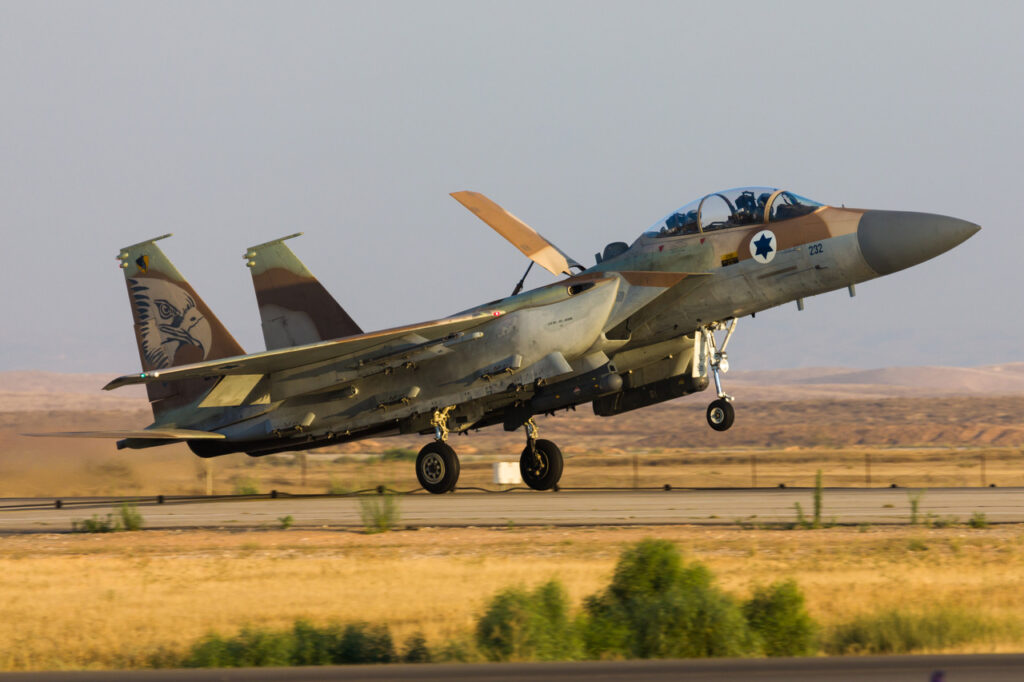
China’s New H-20 Stealth Bomber Can Be Explained in 2 Words
Flying Soon? China’s H-20 stealth bomber aims to rival the U.S. Air Force’s B-21 Raider, marking a significant leap in Beijing’s strategic capabilities.

-Expected to enter service this decade, the H-20’s flying-wing design emphasizes stealth, incorporating radar-absorbent materials and low-profile air intakes.
-With an estimated range of 8,500 kilometers, the bomber could strike targets in Guam and beyond, extending China’s reach beyond the second island chain.
-While many details remain classified, the H-20 reflects China’s growing emphasis on nuclear deterrence and long-range offensive capabilities. Analysts warn it could challenge U.S. air superiority, especially in a potential conflict over the Pacific.
China’s H-20 Bomber: A New Threat to U.S. Air Superiority?
The United States is not alone in its quest to introduce a sixth-generation stealth bomber in the near future. China’s upcoming H-20 platform will directly counter the U.S. Air Force’s (USAF) B-21 Raider when in service. Equipped with the latest and greatest technologies, the Chinese bomber is expected to fly the skies sometime within the decade. The H-20 is part of Beijing’s push to expand its nuclear weapons capabilities as a world power.
For many years, the United States retained air superiority when it came to its bombers. This could soon change with the arrival of the H-20, which is expected to be able to reach targets within the United States.
What we know about the H-20
Earlier this month, Beijing revealed the first concept image of its H-20 stealth bomber. This major milestone indicates that the People’s Liberation Army Air Force (PLAAF) is inching closer to achieving its goal of introducing the airframe.

While many specs and capabilities remain a mystery to the public, the Chinese platform is expected to serve as a key asset in the PLAAF’s strategic arsenal when in service. Designed to carry larger payloads, fly longer distances, and survive in contested airspace, the H-20 will certainly be a force in the skies.
Beijing’s quest to create a stealth bomber began officially in 2016, however, analysts believe the PLAAF began working on initial bomber designs years earlier. In fact, a top Northrop Grumman design engineer was caught selling B-2 bomber information to Beijing in 2005 and subsequently charged with violating the Arms Export Control Act in 2005. Years later, state-run Chinese news outlets reported that Beijing was working on an “intercontinental strategic bomber capable of penetrating an enemy’s air defenses.”
In 2018, the Aviation Industry Corporation of China released a video depicting a bomber underneath a drop cloth that is believed to be the H-20.
Based on released images, the H-20 will prioritize stealth. As explained by Army Recognition: “The emphasis on stealth is evident in its flying-wing design, which likely includes radar-absorbent materials (RAM) and low-profile air intakes to minimize radar cross-section, making it suitable for operations in heavily defended airspace. Advanced avionics and electronic warfare systems are also expected, enhancing the bomber’s situational awareness and enabling coordinated strikes alongside other air, land, or sea assets.”

Other details pertaining to the H-20 remain scarce, but many aviation experts believe that the stealth bomber could possess an extended range of 8,500 kilometers, which would enable China to reach well into Japan, the Philippines, and even the U.S. territory of Guam.
With this range, Beijing could expand long-range offensive bomber capability beyond the second island chain if a refuellable bomber were developed, as explained in a 2018 Pentagon assessment of the H-20. This capability is significant since many of America’s land-based air assets are positioned in Guam.
If a full-blown war between Washington and Beijing were to unfold, the H-20 could give the PLAAF the ability to strike U.S. bombers on the tarmac before they could take off.
About the Author: Maya Carlin
Maya Carlin, National Security Writer with The National Interest, is an analyst with the Center for Security Policy and a former Anna Sobol Levy Fellow at IDC Herzliya in Israel. She has by-lines in many publications, including The National Interest, Jerusalem Post, and Times of Israel. You can follow her on Twitter: @MayaCarlin. Carlin has over 1,000 articles published over the last several years on various defense issues.
Image Credit: Creative Commons and/or Shutterstock


